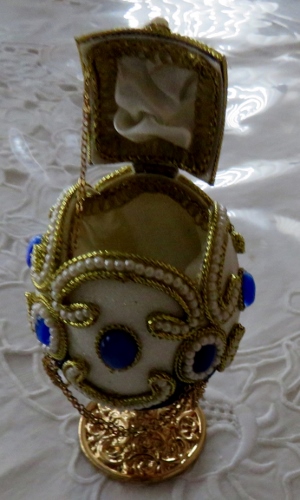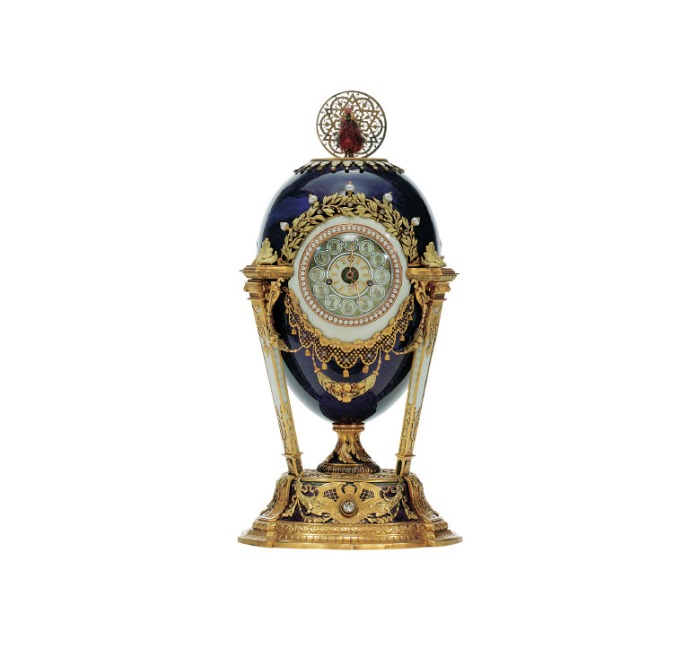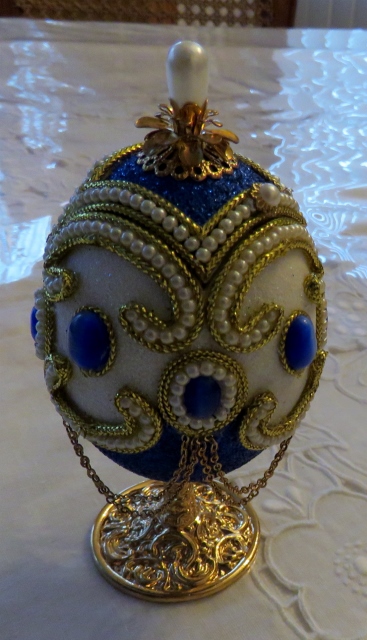
Easter is associated with religious symbols. For many of us who have children and are teachers, we think of coloring and creating festive eggs with decals and fake jewels. The Czarist Russians had their own version of eggs: the Faberge eggs. During our trip to St. Petersburg, many of us visited solo the Faberge Museum at the Shuvalov Palace on 21 Fontanka River Embankment.
The core of the exhibition is the work of the famous Russian jeweler Carl Fabergé (1846-1920), the court jeweler to the Russian Tsars. Who was this jeweler? Peter Carl Fabergé was one of the greatest goldsmiths, jewelers and designers in Western decorative arts. In all, 50 eggs were produced for the imperial family, and each included an element of surprise—a tradition that began with the first egg, known as the Hen Egg, which Alexander III commissioned as a gift for his wife, Empress Maria Fyodorovna. The Hen Egg was an extravagant extension of the tradition of exchanging decorated eggs for Russian Orthodox Easter.1

These works were purchased by Viktor Vekselberg in early 2004 from the heirs of the American newspaper magnate Malcolm Forbes (1919-1990), who collected the Tsarist jewels for half a century. The jewelry masterpieces, some of which were sold by the Bolsheviks in the 1920s-1930s, were brought back to Russia, thus marking the beginning of repatriation of Russia’s national artistic heritage. 2

I bought a copy of a Faberge egg at the affordable price of $100. It adorns a key spot in my dining room breakfront. I have a piece of Czarist Russia to remember a trip of a lifetime.
References:
